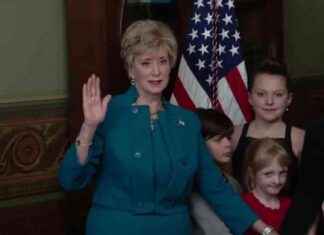The capital of Sri Lanka woke up this Sunday with practically empty streets, closed shops, and the memory of the tens of thousands of people who gathered yesterday and broke into official buildings to demand the resignation of the president, Gotabaya Rajapaksa.
The leader, accused for months by protesters of mismanaging the economic crisis plaguing the island country, announced last night that he will resign next Wednesday, according to the president of Parliament, Mahinda Yapa Abeywardena.
Hours before, the prime minister for just two months, Ranil Wickremesinghe, also assured that he will resign and called for the formation of a government of national unity.
Thousands of people stormed Rajapaksa’s official residences yesterday, leaving images of protesters bathing in his pool and touring the mansion’s bedrooms, and of Wickremesinghe, whose private home was also set on fire during the day.
Even today, some people strolled in the official residence of the president after having spent the night.
“I was happy when I found out that the president is going to resign, that’s why we’ve been here for months. Now we’re playing cards at his house,” 18-year-old Prabath Sandurwan explained to Efe, part of his attention focused on the game with his friends.
The security forces resorted to the use of tear gas and charged against demonstrators and some journalists covering the events were also injured.
A source from the Colombo National Hospital, who requested anonymity, told Efe that 103 people injured during the protests were admitted to the center.
“The rumors that two people died in the protests are not true,” the source said.
The massive demonstrations are part of a context of protests that have continued for months, due to the impact on the Sri Lankans of one of the worst economic crises that the country has had to face since its independence in 1948, derived from the decrease in foreign exchange from international reserves and large indebtedness.
Tension and discontent increased on the island at the end of March, when the authorities imposed power cuts of more than 13 hours, which led the population to take to the streets to demand the resignation of the Sri Lankan Executive.
Since then, hundreds of protesters have settled in the vicinity of the Presidential Secretariat in Colombo and peaceful protests around the island nation have become commonplace, as authorities try to reach a bailout agreement with the International Monetary Fund (IMF). .








